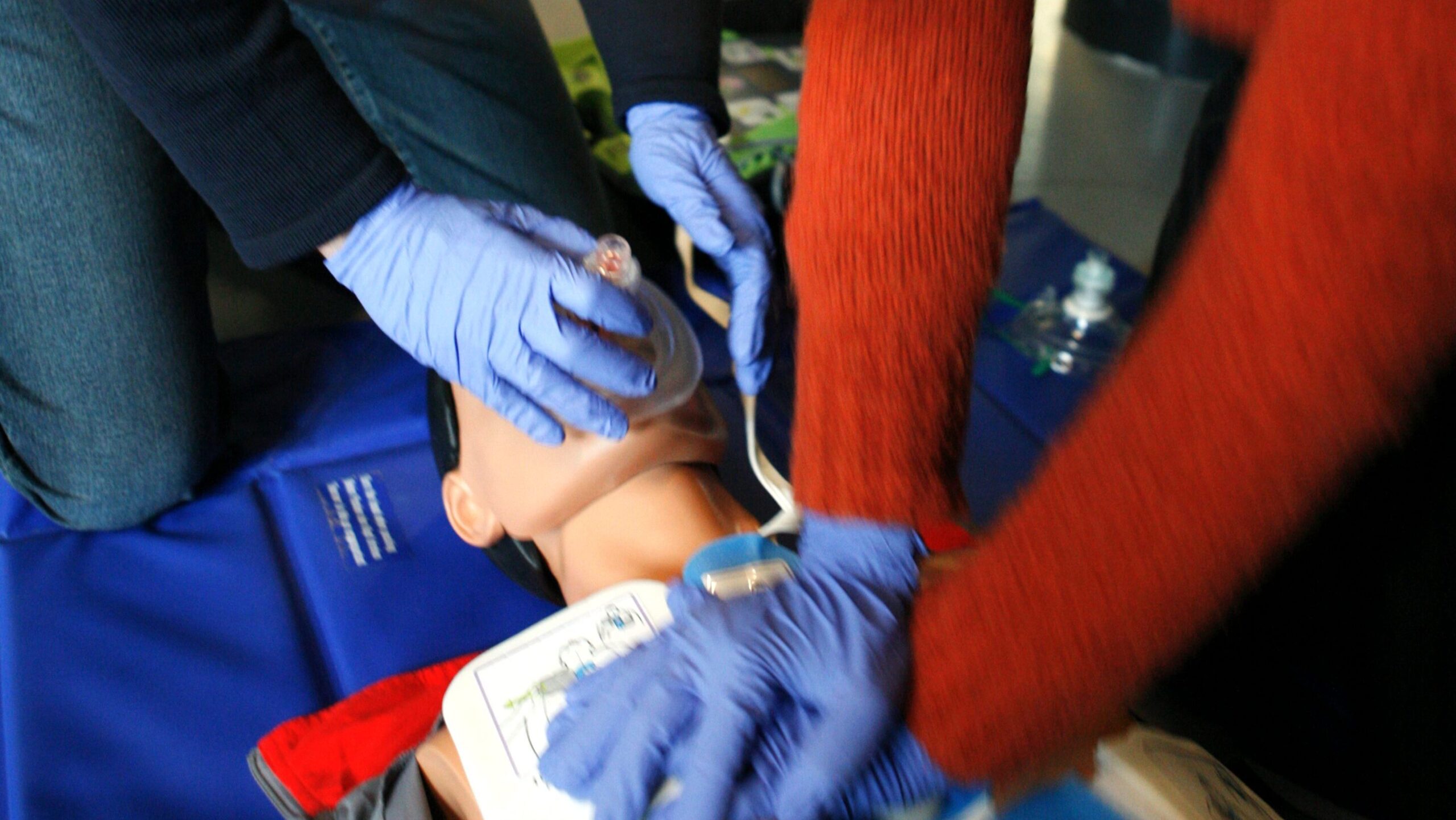Ultra-endurance events like marathons and ultra-marathons are gaining popularity, bringing a unique set of challenges for EMS professionals, including differentials we don’t always think about. The increased popularity and frequency of these events means EMS professionals must be ready to manage a higher incidence of these medical issues, especially among less experienced runners. This post and associated podcast episode aims to provide a comprehensive guide on managing sick runners during these physically demanding events. Associated algorithm resource can be found at the end of the post.
The Unique Challenges of Ultra-Endurance Events
Ultra-endurance events push runners to their physical limits in challenging environmental conditions. These athletes, generally healthier than average patients, present with issues not commonly seen in routine medical practice. Being prepared for these scenarios is essential for providing appropriate care.
Pre-Race Screening and Aid Station Setup
Pre-race screening varies by event; more extreme races often require qualifications. Aid stations are often strategically placed along the race route, where runners can seek assistance. These aide stations will have varying equipment and capabilities. But hopefully planning has occurred to equip these aid stations and train the providers to handle issues arising from difficult terrains and extreme temperatures. Still resources here will be limited and the expertise of the on site medical provide will be HIGHLY variable as these are almost always staffed by available volunteers.
Initial Assessment and Common Presentations
When approaching a sick runner, the initial assessment should focus on whether the runner is altered, has collapsed, or both. The most common issues include dehydration, electrolyte imbalances, high-altitude cerebral edema (HACE), temperature related illness and your typical medical emergencies like stroke or myocardial infarction (STEMI).
Altered Runner
- Initial Steps:
- If someone looks really bad, do your usual things- The ABCs are never wrong.
- Take vital signs while considering race conditions and environmental factors. Pay attention to environmental conditions both where you are and where the runner just came from.
- Realize if they just arrived to the aid station, vital signs will likely be abnormal initially. First, allow them to rest and then recheck the vital signs.
- Persistent Abnormal Vital Signs:
- If the runner’s vital signs remain abnormal despite rest, consider:
- Dehydration
- Hyperthermia
- Hypothermia
- Cardiac dysrhythmias
- Anaphylaxis
- If the runner’s vital signs remain abnormal despite rest, consider:
- Normalized Vitals but a Persistent Alteration:
- The runner’s vital signs normalize after rest but their altered mental state persists, consider:
- Address glucose levels
- If still altered despite calories, consider:
- Hyponatremia
- High altitude cerebral edema
- Hypothermia
- Hyperthermia.
- The runner’s vital signs normalize after rest but their altered mental state persists, consider:
Collapsed Runner
Runners often collapse. Most important thing to consider is, did this occur while running or after the runner had already stopped.
- During Running:
- This is concerning and likely indicates a serious issue like a cardiac event or neurologic problem.
- Post-Run Collapse:
- This can often be due to benign causes like exercise-associated collapse (EAC), where venous return is temporarily impaired due to dilation of blood vessels during exercise.
- Lay flat, elevate legs and ensure hydration for a quick recovery.
- Remember benign causes are always a diagnosis of exclusion so think about and evaluate for serious causes of syncope first.
- This can often be due to benign causes like exercise-associated collapse (EAC), where venous return is temporarily impaired due to dilation of blood vessels during exercise.
Detailed Approaches to Common Issues
Dehydration
Address dehydration by offering oral rehydration solutions whenever possible, as the gut balances electrolyte absorption better than IV fluids. Oral rehydration solutions should be electrolyte containing. Be careful not to anchor on “this is just dehydration”. Often times racers are hyper-vigilant about avoiding dehydration and the problem is actually too much water (see hyponatremia below). Use your patient history to help you decipher. Look in the runners bag, are their water bottles full or empty. Do they have a pacer running with them you can ask about fluid intake. Do they appear dry or puffy with peripheral edema.
Hyponatremia
Hyponatremia, often caused by excessive water intake without adequate electrolytes, can be severe. These patients will often appear puffy with peripheral edema as they are volume overloaded. Initial treatment if the patient can take oral is to put two ramen seasoning packets in a small 8-12 oz cup. It’s not going to taste good but they need more sodium and less water. If the patient is extremely altered and can’t take orals or if they are seizing, emergency treatment includes administering hypertonic saline (3%) in 100cc boluses until seizure stops and mentation improves. Don’t forget benzodiazepines if seizing, benzos are always first line in a seizing patient, but these seizures likely won’t stop with benzos alone.
Hyperthermia
Management of hyperthermia includes rapid cooling techniques. Initiating rapid cooling on scene is preferred compared to waiting until the hospital because rapid cooling within 30 minutes can significantly decrease mortality. Cold water immersion is preferred and the most rapid method of cooling in the field. If this is not feasible techniques such as placing ice packs in the groin and axilla or covering the patient with a cold water soaked thin bed sheet and blowing cold air over them are other techniques.
Hypothermia
Warming strategies for hypothermia involve changing into dry clothing, using external heat sources, and adding insulated layers to prevent further heat loss. Remember to avoid rewarming frost bitten extremities until you can assure they will not refreeze.
Key Takeaways
- History and Context: Understanding the event and the runner’s history is crucial for guiding your differential diagnosis.
- Preparedness: Be knowledgeable about local events occurring in your area and the specific challenges they pose.
- Balanced Approach: Always consider both the common medical emergencies and the ultra-endurance-specific conditions, it could be either.
If you respond to an aid station at one of these events, you will likely be the most well trained provider on scene. By understanding and preparing for these unique challenges, EMS providers, have the opportunity to bring calm and directed care that will be so welcomed by everybody who’s at the aid station and certainly the patient as well. If we prepare properly, we can always bring to our shift and to our patients that extra level of, “yeah, I’ve thought about what could be going on and that’s what I’m bringing to this scene, a level of preparedness and expertise”.
Stay safe and stay prepared!





